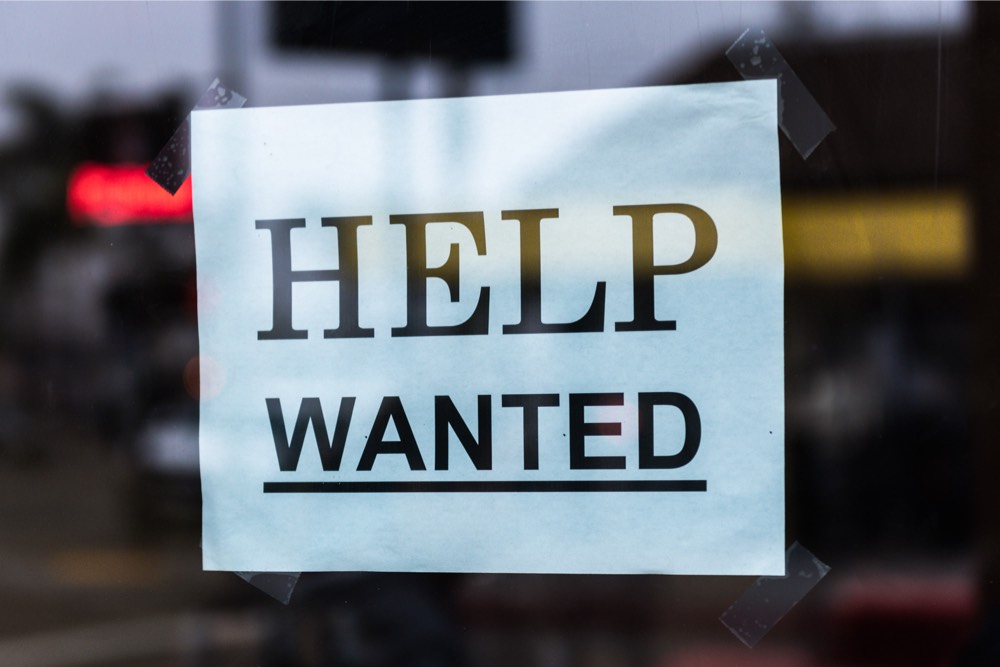
WORK hours have remained steady despite the federal government’s rolling back of JobSeeker support amid the ongoing pandemic, according to a new report by the Australian National University (ANU).
Surveying more than 3500 adult Australians, the study by the ANU Centre for Social Research and Methods (CSRM) found employment had remained stable, with about 60 per cent of the population in work between January and April.
That number is even more impressive given those findings cover the period immediately following the cessation of the JobKeeper scheme and the JobSeeker supplement, says study co-author and CSRM director, Prof Matthew Gray.

“This is good news for many Australians, the economy and our economic activity, particularly as we look to rebuild in the wake of the covid recession,” he says.
“However, the real story here is that there hasn’t been a dramatic decline in employment either.”
The average hours worked were the same in April 2021 as they were six months earlier, in November 2020 – 20.6 hours per week, the study shows.
Though, this is still well below what they were in February 2020, when average hours worked per week were 21.9.
Since the start of the pandemic, researchers found the lowest level of average weekly hours worked came in May, when they sat at 18.5 hours per adult. They have steadily increased since then, except in January during the holiday period.
The study also shows employment is still slightly below the 62 per cent of Australians employed when asked in February 2020, but it is well above the 57.1 per cent observed in May 2020.
“Australia has had a remarkable recovery from many of the economic impacts of the COVID-19 pandemic,” Prof Gray says.
“While unemployment increased substantially and GDP declined during the early months of the pandemic in Australia, much of the losses in employment and economic production seem to have been recovered by early 2021.”
The study also found a long-term reduction in housing stress, with more Australians saying they were keeping up with rent and mortgage payments compared to 2017.
Now, 46.1 per cent of respondents say they were “keeping up without any difficulty”, compared to 39.3 per cent four years ago.
The proportion of Australians who say that it is a constant struggle or who are falling behind with payments has also declined over the same period – 20.7 per cent in March 2017 compared to 17.8 per cent in April 2021.
In general, Australians are also less worried and anxious, co-author Prof Nicholas Biddle says.
He says: “We found Australians are becoming less anxious and worried about the COVID-19 pandemic, and are also far less likely to think they will be infected in the next six months.
“The level of life satisfaction (measured on a scale of zero to 10) was very similar in April 2021 as in January 2021; 6.95 and 6.87 respectively.”
Mr Biddle says there has been a continued decline in psychological distress, with a consequent improvement in mental health outcomes between January 2021 and April 2021.
“Average psychological distress is now lower than it was before the pandemic,” he says.
“This is also very good news, considering the pandemic and its related social, economic and psychological impacts, has now entered its second year.
“That being said, young Australians are still very vulnerable. We found they continue to have worse mental health outcomes than prior to the pandemic, and compared to older Australians.”
Who can be trusted?
In a world of spin and confusion, there’s never been a more important time to support independent journalism in Canberra.
If you trust our work online and want to enforce the power of independent voices, I invite you to make a small contribution.
Every dollar of support is invested back into our journalism to help keep citynews.com.au strong and free.
Thank you,
Ian Meikle, editor





Leave a Reply